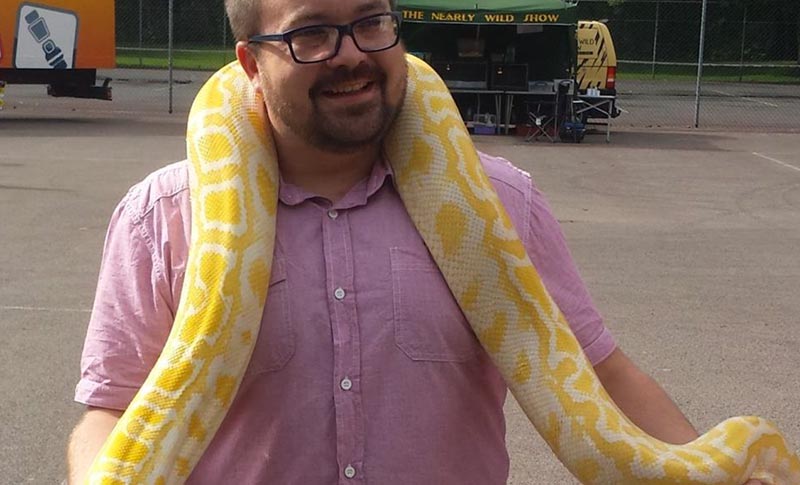(English) Presentation by Danny Clegg, University of South Wales. The goal of the project is to provide tested and trialled gloves to people with Raynaud’s disease; with the intention of reducing severity of symptoms. Potential sites in the gloves for further intervention (such as heated elements) are being investigated based on anatomical sites of vascular insufficiency; as described by the use of infrared image analysis following symptom provocation.
Darllen mwy »Astudiaethau Achos: ffilmyddiaeth isgoch
Ffyrdd newydd o drin ffenomenon Raynaud (Safbwynt Myfyriwr)
(English) Working with the company through the PhD One part of the project that I hadn’t expected involved me going over to the parent company in Latvia. I was able to go over and meet the owners of the company, while there I was given a tour around the site where the materials are made plus I was able to see their capabilities. While there I asked if I could have some prototypes made, I explained what I was trying to do I took some materials over with me and asked if they would be able to make mit? They didn’t speak any English and I was quite worried as to what was going to come back, I was very happy when they came back with 4 prototypes in 3 hours later.
Darllen mwy »Ffyrdd newydd o drin ffenomenon Raynaud (Safbwynt Academaidd)
(English) The KESS project essentially looked at the provision of a better glove; the problem with most gloves is that they tend to be randomly made up of the materials available at that time. There are some very good glove materials available on the market, but consideration needs to be taken when looking at the combinations and the creations of the gloves.
As part of the KESS project we looked to generate a test which is less destructive and better for the patient/subject, while at the same time giving us the same information so we have that aspect, which means that the people/the end user will be benefitting. The project has created a test bed that we can use, and created a good link with the Raynaud’s and Scleroderma association who are the main beneficiaries to some extent. It’s tested and produced a methodology to test gloves and from that we have managed to get the data in.
Darllen mwy »








